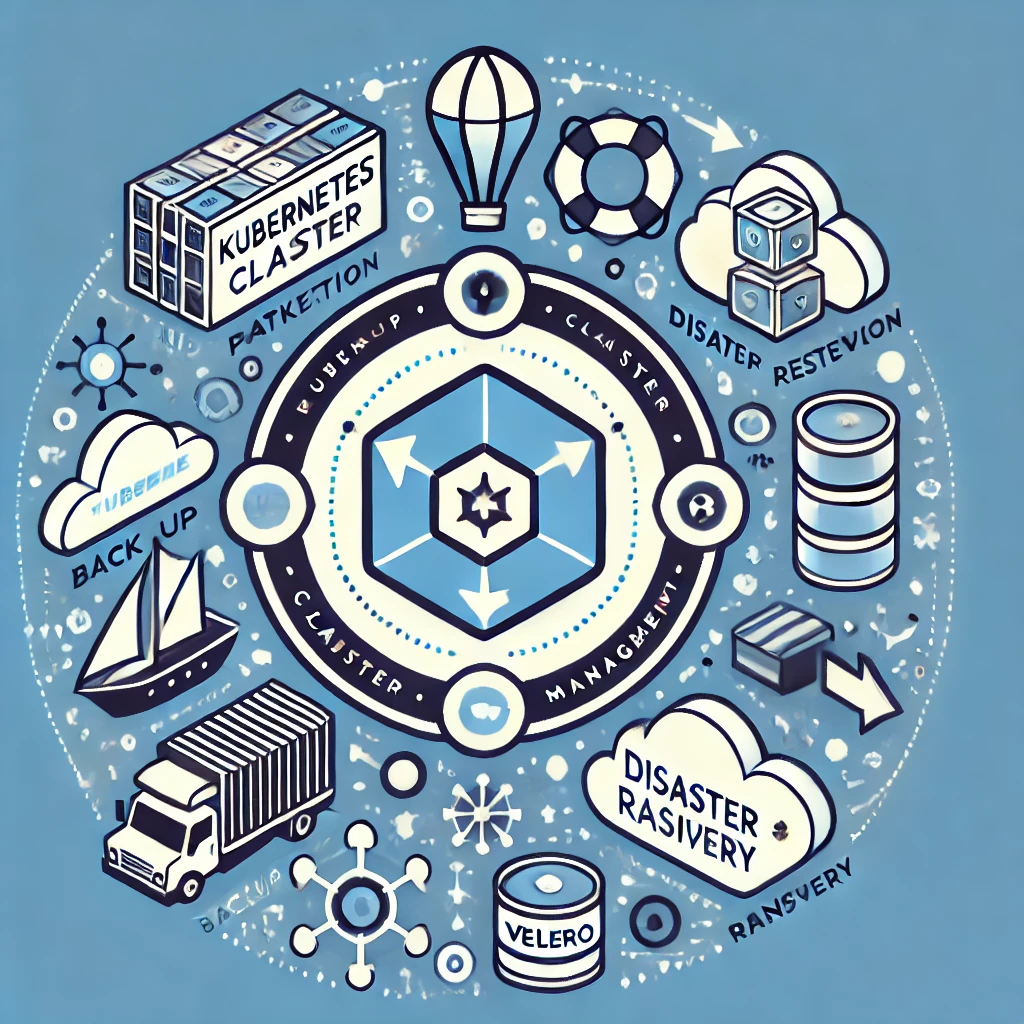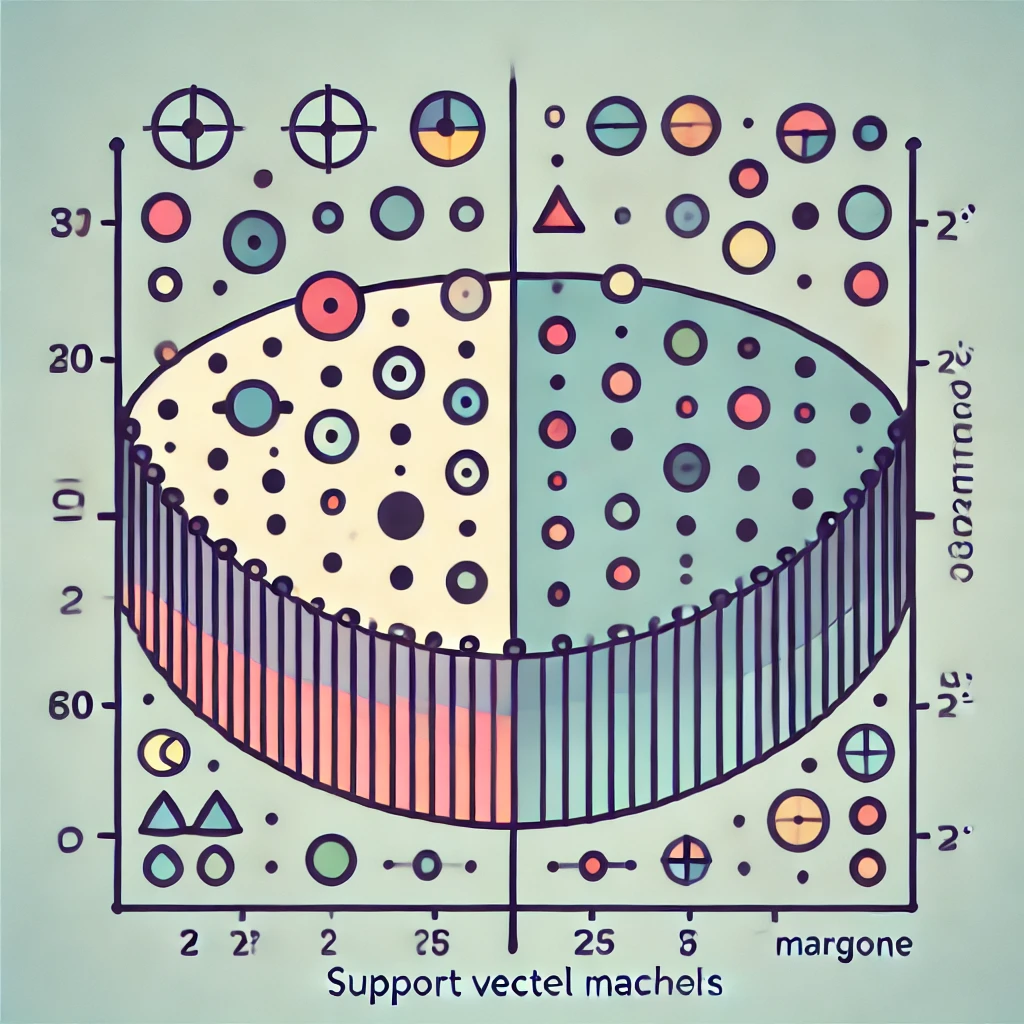An Overview of Reinforcement Learning
Hello, and welcome to another episode of "Continuous Improvement," the podcast where we explore the latest trends and insights in technology, innovation, and leadership. I'm your host, Victor Leung. Today, we're diving into a fascinating area of machine learning—Reinforcement Learning, often abbreviated as RL.
Reinforcement Learning is a unique branch of machine learning where an artificial agent learns to make decisions by interacting with an environment. Unlike supervised learning, which relies on labeled data, RL is all about learning through experience, driven by a system of rewards and penalties. This makes it particularly powerful for tasks where it's difficult to label data or when the best action isn't known beforehand.
At the heart of RL are a few key concepts: the agent, the environment, and actions. The agent is essentially the learner or decision-maker, while the environment is everything outside the agent that it interacts with. Actions are the possible moves or decisions the agent can make. The agent's goal is to maximize cumulative rewards over time, which it does by learning a policy—a strategy for choosing actions in various situations.
A good way to think about a policy is as a set of rules or a decision-making framework that the agent follows. This can range from simple rules to complex neural networks, especially in more advanced RL applications. The reward signal provided by the environment is crucial because it guides the agent toward desirable behaviors, helping it to learn what actions lead to better outcomes. Alongside this, the value function estimates the expected cumulative reward from a particular state or state-action pair, providing a way to evaluate and refine the policy.
One of the interesting challenges in RL is balancing exploration and exploitation. Exploration involves trying new actions to discover their effects, while exploitation leverages known information to maximize rewards. Striking the right balance between these two is essential for effective learning.
To better understand RL, we often use a framework called Markov Decision Processes, or MDPs. MDPs provide a structured way to model decision-making scenarios where outcomes depend partly on random factors and partly on the agent's actions. A core idea here is the Markov property, which asserts that the future state depends only on the current state and action, not on the sequence of events that preceded it. This simplification allows us to create models that are computationally feasible to solve.
Within RL, Q-Learning is a popular algorithm that aims to learn the quality of actions—referred to as Q-values. These values indicate the expected future rewards for taking an action in a given state, helping the agent decide the best action to take. Deep Q-Learning, or DQN, takes this a step further by using deep neural networks to approximate these Q-values, allowing RL to scale to problems with large state and action spaces. Notable innovations in this area include experience replay, which stabilizes training by reusing past experiences, and fixed Q-Targets, which help prevent the training process from becoming unstable.
So, why is all this important? Reinforcement Learning represents a powerful approach for training agents to solve complex tasks, from playing games to controlling robots. As the field continues to evolve, it holds immense potential for driving innovations across various domains, enabling us to design systems that learn and adapt in dynamic environments.
That wraps up today's episode on Reinforcement Learning. Thank you for tuning in to "Continuous Improvement." If you found this episode insightful, please subscribe, rate, and leave a review. Your feedback helps us bring more valuable content to listeners like you. Until next time, keep learning, keep experimenting, and keep improving.



